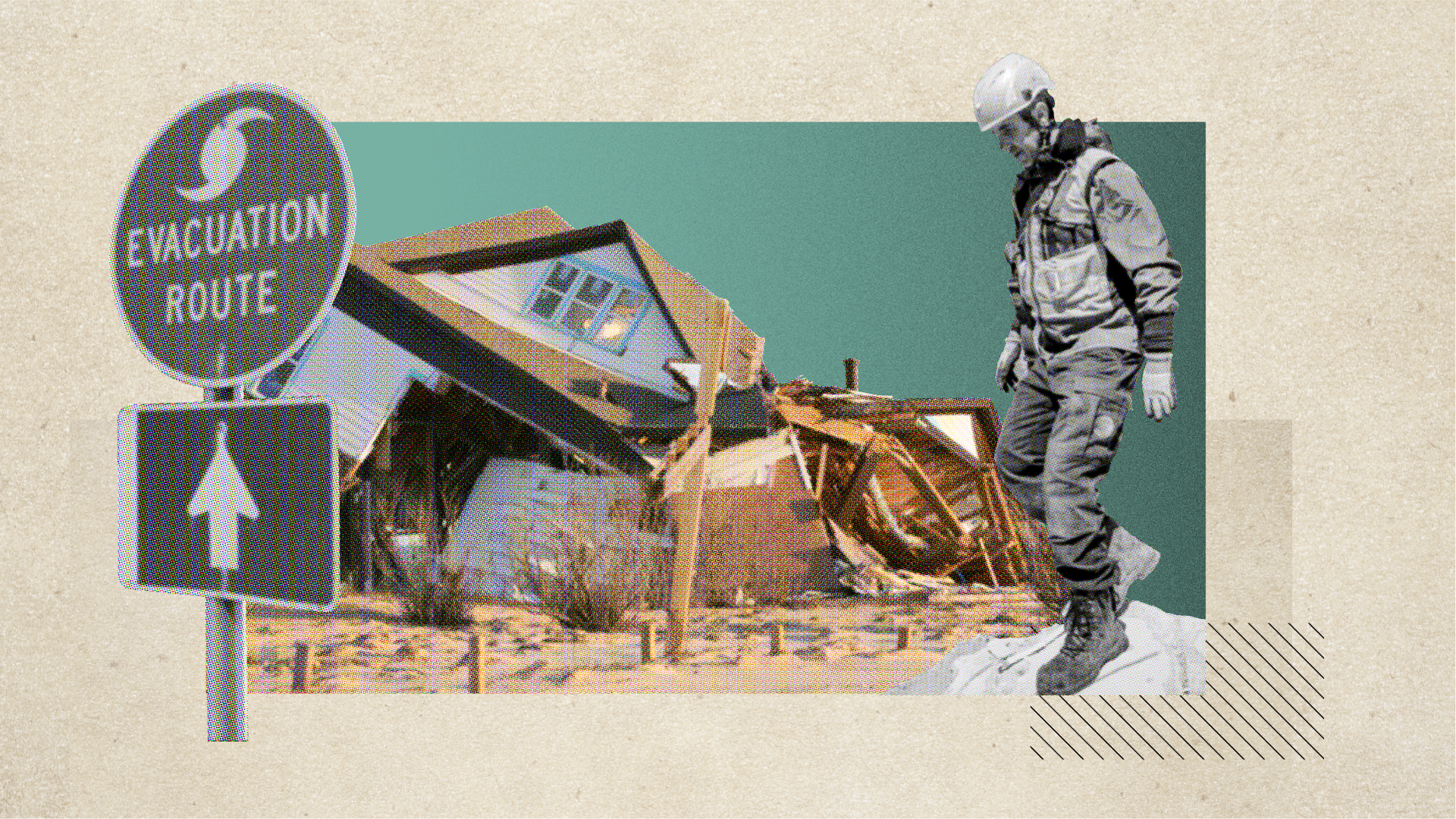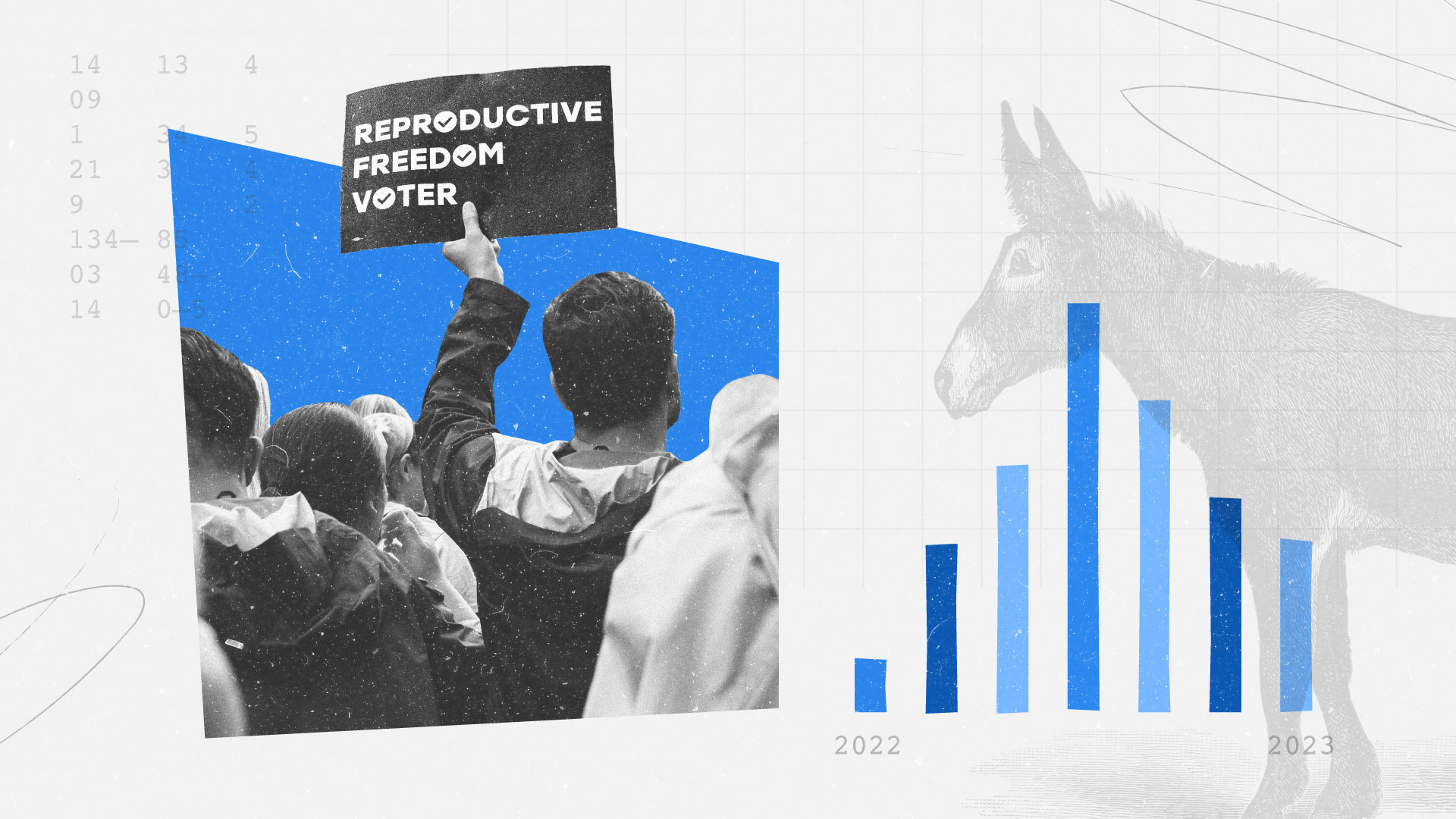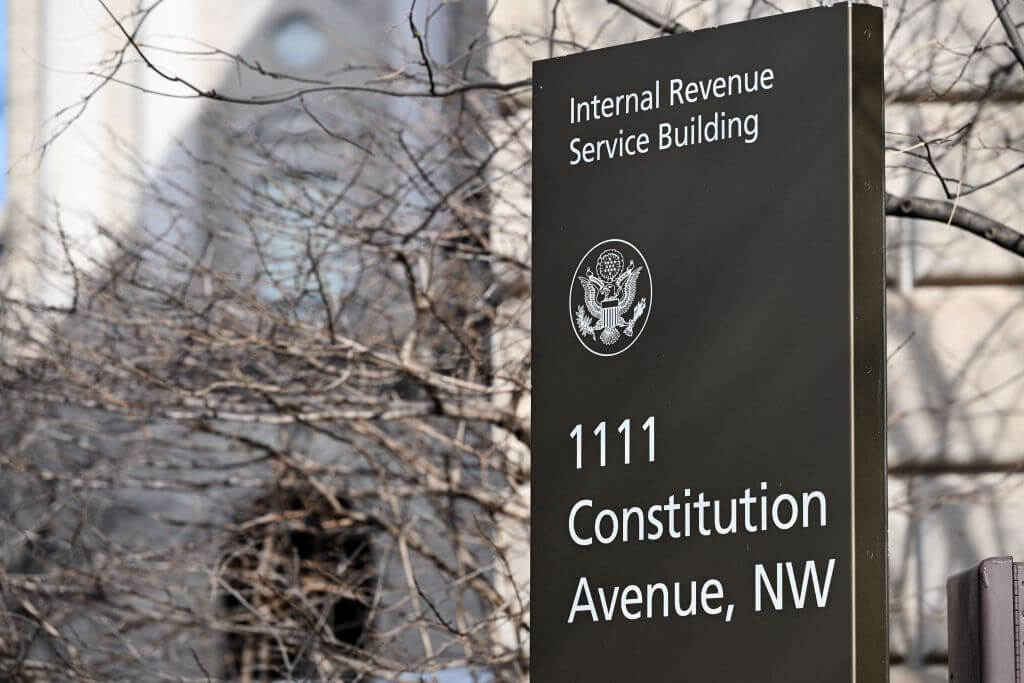Energy
At Least a Third of the U.S. Public Cites High Levels of Concern About Disasters

TAKING THE TEMPERATURE
This story is part of an ongoing series using data from Morning Consult’s “Taking the Temperature” project, launched in October 2021. It includes regularly updated climate concern and disaster concern trackers, broken down by party, race/ethnicity and generation, as well as a collection of stories based on other trended data on energy sources, fuel and electricity prices and more.
Disaster concern from the U.S. public increased slightly over the course of the summer as the frequency of disasters themselves mounted, before dropping again with the start of autumn, data from Morning Consult’s Taking the Temperature tracker shows.
However, the peak of this year’s climb does not necessarily reflect an increase in year-over-year concern, a comparison with a poll run in light of last year’s brutal disaster season illustrates.
Tracking Disaster Concern: All Adults
What the numbers say
- Asked how concerned they are about the impact of disasters (including hurricanes, wildfires, tornadoes, other types of storms, flooding, etc.) on their own communities, at least a third of U.S. adults have said they are “very concerned” throughout the summer and early autumn.
- Weekly measures of concern peaked in the survey conducted Sept. 8-11, with 43 percent saying they were “very concerned,” days after Hurricane Ida hit Louisiana before hurtling up the eastern United States and causing floods and deaths as far north as Philadelphia and New York. However, this is within the margin of error of the share of adults who said the same (41 percent) in the Sept. 14-16, 2020, poll that asked the same question.
Tracking Disaster Concern: Demographics
What the numbers say, by race and ethnicity
- People of color are consistently more likely to express high levels of concern about disasters than their white counterparts, reflecting the fact that non-white people are more likely to live in communities most impacted by climate change and its accompanying crises.
- At different points throughout the summer, over half of Black and Hispanic respondents said they were “very concerned” about the impact of disasters on their communities.
Why these numbers matter
According to a Washington Post analysis, nearly 1 in 3 people in the United States live in a county that experienced a weather disaster over the course of the summer, and nearly 2 in 3 live somewhere that endured a multiday heatwave.
The impact of disasters is increasingly widespread and visible to the public, a reality that has prompted new disaster management and mitigation funding from the Biden administration, alongside a re-examination of the country’s flood insurance program.
What else you should know
- Gen Z adults and millennials have tended to be more concerned about the impact of disasters than their older counterparts, the tracker also found. And among voters, there is roughly a 30-point partisan gap in disaster concern, with Democrats far more likely to be “very concerned” than their Republican counterparts.
- The increase in the share of adults who said they are “very concerned” about disasters came in the latter half of the summer before dipping in the fall; reporting earlier in the summer found that the tangible threats of wildfire in California and heatwaves in the Northwest did not seem to move the needle initially.
Data based on weekly surveys conducted among about 2,200 U.S. adults each, with a margin of error of 2 percentage points. The trackers will be updated on an ongoing basis.
Lisa Martine Jenkins previously worked at Morning Consult as a senior reporter covering energy and climate change.
Related content

As Yoon Visits White House, Public Opinion Headwinds Are Swirling at Home

The Salience of Abortion Rights, Which Helped Democrats Mightily in 2022, Has Started to Fade
